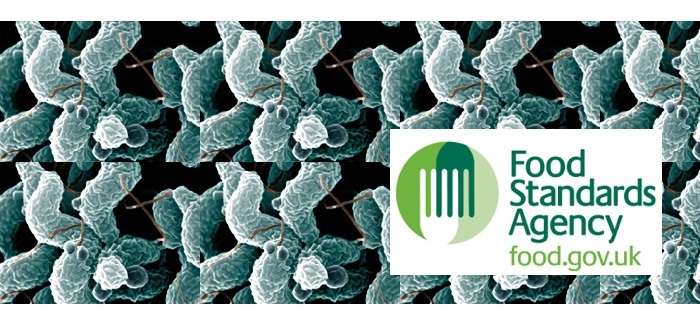The top nine retailers across the UK have today published their latest testing results on campylobacter contamination in UK-produced fresh whole chickens (covering samples tested from July to September 2018).
The latest figures show that on average, across the major retailers, 3.5% of chickens tested positive for the highest level of contamination. These are the chickens carrying more than 1,000 colony forming units per gram (cfu/g) of campylobacter. The corresponding figure for the previous set of results (April – June 2018) was 3.7%, while for the first publication (July-September 2017) it was 4.6%.
Michael Wight, Director of Policy at the Food Standards Agency said: “The latest figures show further progress being made in our efforts to reduce campylobacter in UK-produced fresh whole chickens.
“We will continue to build on these encouraging results, working closely with retailers and smaller poultry businesses to bring levels down to as low as reasonably achievable.
“Thanks again to the major retailers and poultry producers for continuing to tackle campylobacter and for working alongside the FSA in the publication of the results.”
The average percentage of chickens in each band of contamination from the retailers’ own data can be found in the table below.
| Contamination levels | July-September 2017 | October-December 2017 | January-March 2018 | April-June 2018 | July-September 2018 |
|---|---|---|---|---|---|
| cfu/g less than 10 | 48.7% | 57.7% | 59.1% | 60.6% | 58.8% |
| cfu/g 10-99 | 28.3% | 22.0% | 23.9% | 23.3% | 26.7% |
| cfu/g 100-1000 | 18.4% | 16.7% | 13.2% | 12.5% | 11% |
| cfu/g over 1000 | 4.6% | 3.6% | 3.8% | 3.7% | 3.5% |


